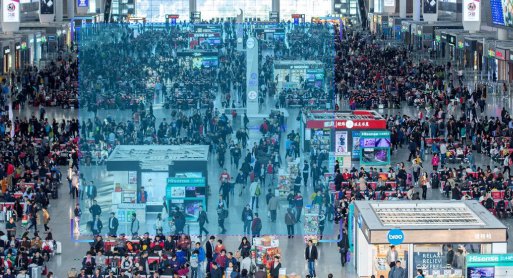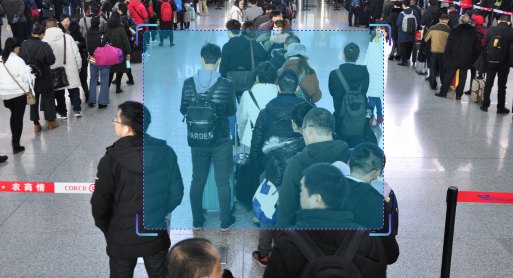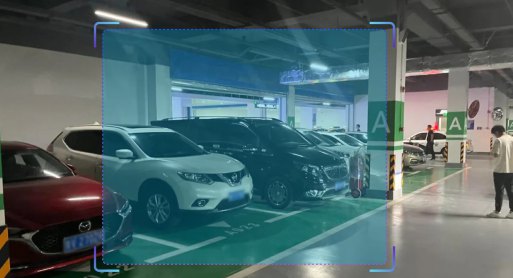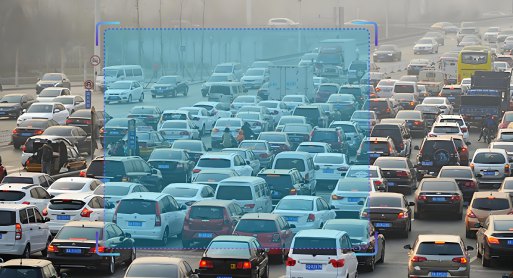
Dynamic Vehicle Flow Statistics

Algorithm Introduction
Utilizing AI vision algorithms to count vehicle traffic flow through public venue entry/exit passages and provide congestion early warnings. Designed for medium-to-close range overhead monitoring within 2-6 meter height ranges, focusing on fixed entry/exit points or passageways to track bidirectional cross-line motor vehicle counts.
- ● Lighting conditions: Minimum bright pixel ratio (grayscale value >40) of 50% in the target area
- ● Image requirements: Optimal detection performance at 1920×1080 resolution
Application Value
-

Urban Roadways
The system performs bidirectional cross-lane counting of motor vehicles at fixed entry/exit points and passages such as main roads and intersections, assisting traffic authorities in optimizing signal timing and alleviating congestion. -

Residential Communities/Parks
The algorithm counts the number of motor vehicles entering and exiting residential gate entrances and park parking lots. It provides data support for property management to rationally plan parking spaces, regulate pedestrian and vehicle flow, and enhance traffic efficiency.
FAQ
-
Algorithm AccuracyAll algorithms published on the website claim accuracies above 90 %. However, real-world performance drops can occur for the following reasons:
(1) Poor imaging quality, such as
• Strong light, backlight, nighttime, rain, snow, or fog degrading image quality
• Low resolution, motion blur, lens contamination, compression artifacts, or sensor noise
• Targets being partially or fully occluded (common in object detection, tracking, and pose estimation)
(2) The website provides two broad classes of algorithms: general-purpose and long-tail (rare scenes, uncommon object categories, or insufficient training data). Long-tail algorithms typically exhibit weaker generalization.
(3) Accuracy is not guaranteed in boundary or extreme scenarios.
-
Deployment & InferenceWe offer multiple deployment formats—Models, Applets and SDKs.
Compatibility has been verified with more than ten domestic chip vendors, including Huawei Ascend, Iluvatar, and Denglin, ensuring full support for China-made CPUs, GPUs, and NPUs to meet high-grade IT innovation requirements.
For each hardware configuration, we select and deploy a high-accuracy model whose parameter count is optimally matched to the available compute power.
-
How to Customize an AlgorithmAll algorithms showcased on the website come with ready-to-use models and corresponding application examples. If you need further optimization or customization, choose one of the following paths:
(1) Standard Customization (highest accuracy, longer lead time)
Requirements discussion → collect valid data (≥1 000 images or ≥100 video clips from your scenario) → custom algorithm development & deployment → acceptance testing
(2) Rapid Implementation (Monolith:https://monolith.sensefoundry.cn/)
Monolith provides an intuitive, web-based interface that requires no deep AI expertise. In as little as 30 minutes you can upload data, leverage smart annotation, train, and deploy a high-performance vision model end-to-end—dramatically shortening the algorithm production cycle.






